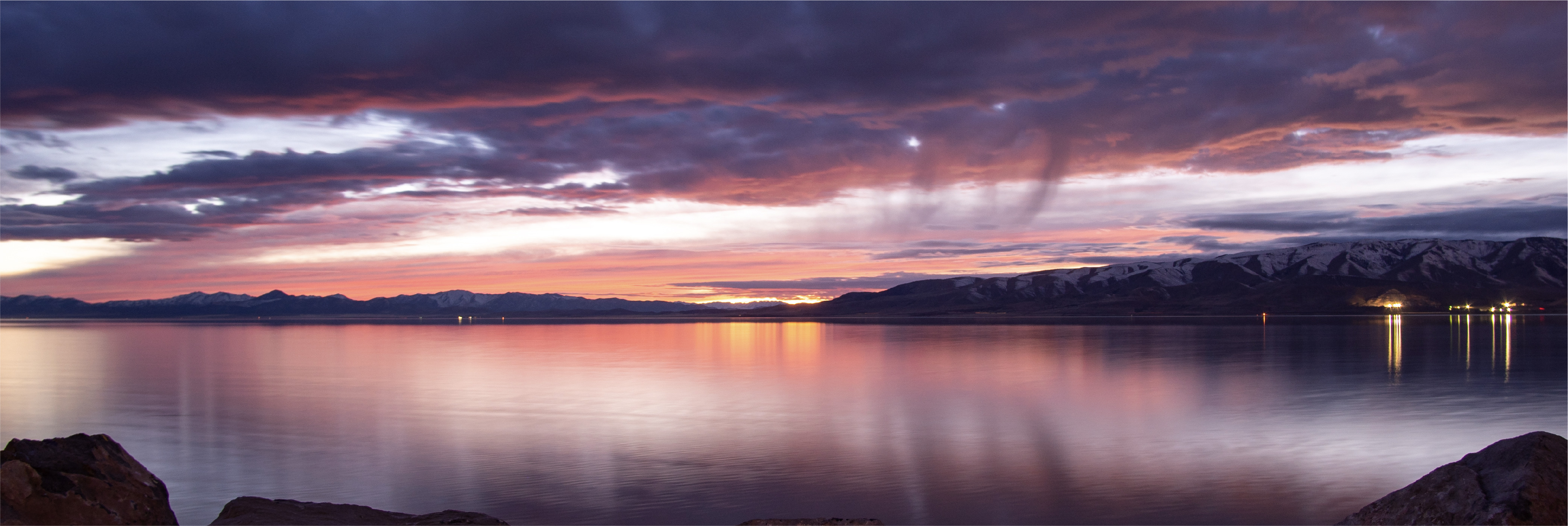FOR IMMEDIATE RELEASE
Date: January 4, 2021
Media Contact: Cindy Gubler, 801-971-5639,
Members of Nationally Recognized Recovery Program Celebrate Major Accomplishment
The U.S. Fish and Wildlife Service announced on December 31, 2020, that the June sucker has officially been moved from the “endangered” category to the lower “threatened” status, becoming one of just four endangered fish species to be downlisted.
The feat comes thanks to Utah’s successful June Sucker Recovery Implementation Program (JSRIP), a federal/state/local effort started in 2002 to recover the fish, which lives only in Utah Lake and seasonally occupies its tributaries, including the lower Provo River.
“This is a historic moment for one of Utah’s few remaining native fish species,” said [former?] JSRIP Local Coordinator Mike Mills. “We have been working hard and it has taken a tremendous amount of coordination, planning and methodically tackling elements that needed to be addressed. We thank our partners for their diligence in achieving this milestone.”
The JSRIP was created in 2002 to recover the June sucker that was put on the endangered species list in 1986, after their numbers had dropped to around 300 spawning fish. It is made up of the following organizations: U.S. Fish and Wildlife Service, Utah Department of Natural Resources, Central Utah Water Conservancy District, U.S. Bureau of Reclamation, U.S. Department of Interior, Utah Reclamation Mitigation and Conservation Commission, Provo River Water Users Association, Provo Reservoir Water Users Company, the Utah Division of Water Quality, and outdoor interest representatives.
The JSRIP has been nationally recognized and its framework has been copied by other endangered species programs because of the success it has achieved and how well its partners have worked together.
“Utahns have a long and proud history of leading on challenging topics,” said Chris Keleher, Director of Recovery Programs, Utah Department of Natural Resources,. “Utahns find ways to listen, collaborate and address tradeoffs, seek alignments and act. It’s what many call ‘The Utah Way.’ This is what happened with the JSRIP.”
The JSRIP efforts have secured more than 20,000 acre-feet of water to keep water flowing to the Provo River and Hobble Creek to support the ecosystem the June sucker depends upon. The JSRIP’s captive-
rearing program established innovative techniques for raising this unique species. As a result, more than 800,000 adult June sucker have been stocked into Utah Lake from hatcheries and refuge populations. A successful, multi-year effort to remove non-native carp from Utah Lake demonstrates the JSRIP’s proactive work to address the threat of invasive species. The JSRIP has removed more than 29 million pounds of carp from Utah Lake since 2010. Habitat restoration projects completed on Hobble Creek have been successful in supporting June sucker spawning in that tributary to Utah Lake. By giving June sucker access to quality habitat outside of the Provo river, the JSRIP has increased the resiliency of the fish to deal with threats to its existence. The JSRIP has been a successful driver in creating a renewed interest in Utah Lake and having people realize what a vital resource it is environmentally, culturally and economically.
“More and more people are visiting and enjoying Utah Lake,” said Mills. “There are more people recreating on the lake and along its shores, and there are more people living around it. The lake has always been one of Utah’s most precious natural resources, it just needed a renewed focus and help restoring it back to its greatness. Although there has been much work done by the JSRIP, we still have a long way to go and projects to implement until the June sucker is completely recovered, such as the Provo River Delta Restoration Project.”
Other recovery projects that the JSRIP will continue include augmenting instream water flows, the hatchery program, and non-native fish management.
“The work being done by the JSRIP not only is good for the June sucker and its ecosystem that it depends upon, but it is good for other species in the area and for humans,” said Keleher. “The lake and its ecosystem touch people in so many ways. Utah Lake has a great legacy and with wise stewardship it can be a great resource for generations.”
# # #




